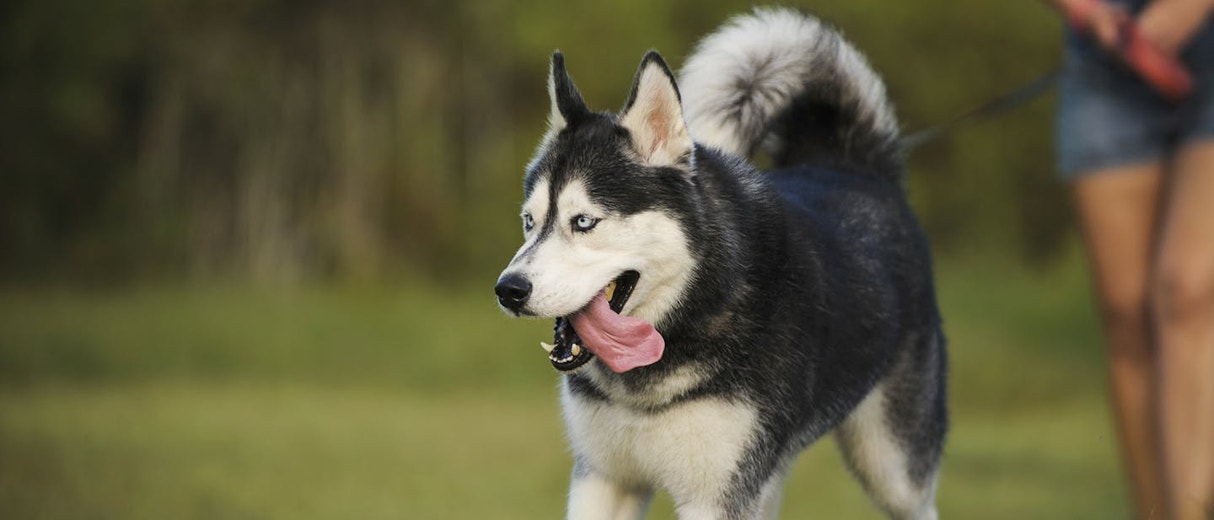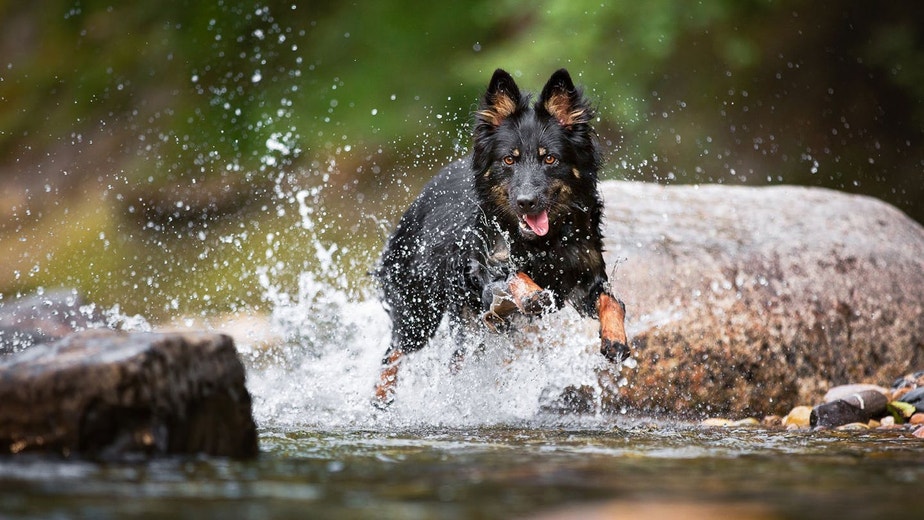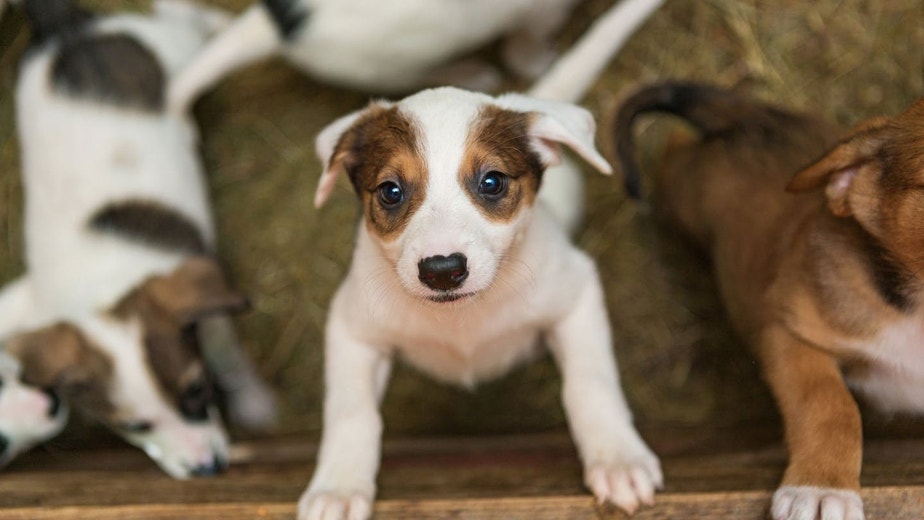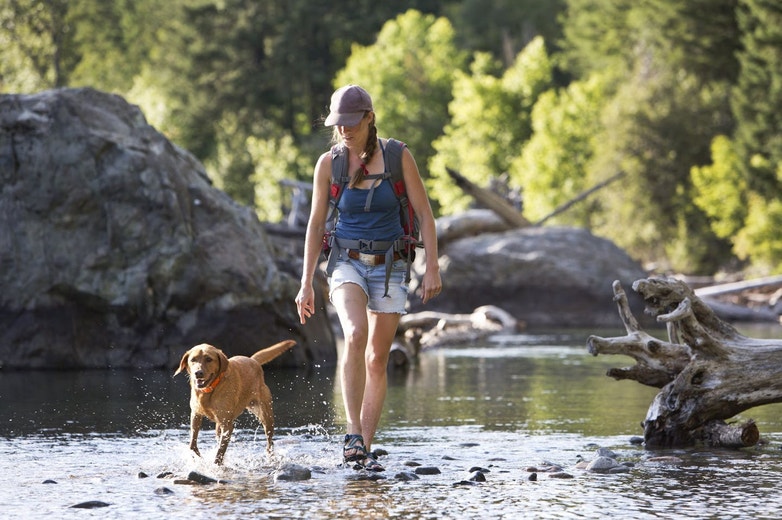
The Three Progressive Stages Of Heat-related Illness In Dogs
Heat Related Illness (HRI) in dogs is serious and can result in significant injury, if not death. It occurs when a dog’s core body temperature increases faster than he can dissipate the buildup of heat. While HRI can impact any dog in a hot, confined space with inadequate ventilation and cooling, exercise induced HRI is more prevalent.1
A dog’s normal core body temperature ranges between 99.5°F-102.5°F,2 with that range accounting for variations in breed, size, weight, age, and condition. When a dog exercises, his body generates excessive physiological heat which causes his body temperature to rise.
Most of a dog’s internal heat is dissipated through the skin. Some heat is released by perspiration through his paw pads and nose. Additional heat dissipates through panting. But when exercising in the summer heat where the air temperature meets or exceeds a dog’s core body temperature, his natural methods of cooling become less effective. When he’s unable to effectively dissipate the heat, the progressive stages of HRI may appear.
The three stages of HRI are heat stress, heat exhaustion and heat stroke. The chart below is a reference to help owners determine if their dog is dangerously overheating and what actions to take to help him.
STAGE 1 - HEAT STRESS
Clinical Signs
- Less animated behavior
- Visibly tired or moving at a slower pace
- Changes in the dog’s focus or readiness
- Change in attitude (ie: seems apprehensive)
- Excessive panting
- Pasty saliva in the mouth
- Increased thirst
- Feels overly warm to the touch
- Tongue excessively protruding out with a flattened end
- Cheeks pulled back revealing the full arcade of the teeth including the molars
- Brick red mucous membranes
- Heat cramps or muscle spasms
Actions to Take
- Take a break from the activity at hand. Sit in a shady area with a cool breeze and provide your dog with lots of water.
- Apply cool water to his paw pads and underbelly.
- Rinse out his mouth to remove any pasty saliva from his gums and tongue.
- Dab rubbing alcohol-soaked pads to the pinnae of the ears, in his armpits and in the groin area. The alcohol placed in these areas will help cool the surface blood immediately.
- Do not start exercising your dog until he is fully recovered, but even then, it might be best to rest him until the next day.
- Consult your vet for additional instruction.
STAGE 2 - HEAT EXHAUSTION
Clinical Signs
Any of the signs from Stage 1 plus additional signs:
- Weakness or stumbling
- Mentally aware but too tired to react
- Excessive panting becomes uncontrollable
- Significant thirst
- Sunken, dry eyes
- Dry mouth, gums and nose
- Vomit or diarrhea
- Lack of skin elasticity
- Muscle tremors
Actions to Take
- Get your dog to the nearest vet immediately.
- Before heading to the vet, place a cool, wet towel on the bottom of his kennel.
- Be sure he is in a crate or other area large enough for him to lay on his side. It is important that your dog stretch out so there is maximum heat dissipation.
- Apply cool water to his paw pads and underbelly.
- Dab rubbing alcohol-soaked pads to the pinnae of the ears, in his armpits and in the groin area.
- If you have a fan on the cage door, turn it on.
- Absolutely do not put the dog in extremely cold water and never put ice on his skin. That extreme cold causes surface blood vessels to shrink and increases the risk of both dehydration and heatstroke.
STAGE 3 - HEAT STROKE
Clinical Signs
Any of the signs from Stages 1 and 2, plus additional signs:
- Significant slowness or lack of coordination
- Weakness in the hind end
- Wobbly and unsteady
- Unresponsive or confused
- Incessant or noisy panting
- Dark urine or lack of urine
- Seizures
- Head tremors
- Shock
- Collapse
- Coma
Actions to Take
- Get your dog to the nearest vet immediately.
- Follow the before-mentioned actions from Stage 2 before you begin your drive to the nearest vet.
Dogs can react to heat and humidity very differently. If you believe your dog is showing clinical signs of HRI, contact your vet for further instruction.
To learn more about heat related illness (HRI) in dogs, visit Eukanuba.com/HRI.




